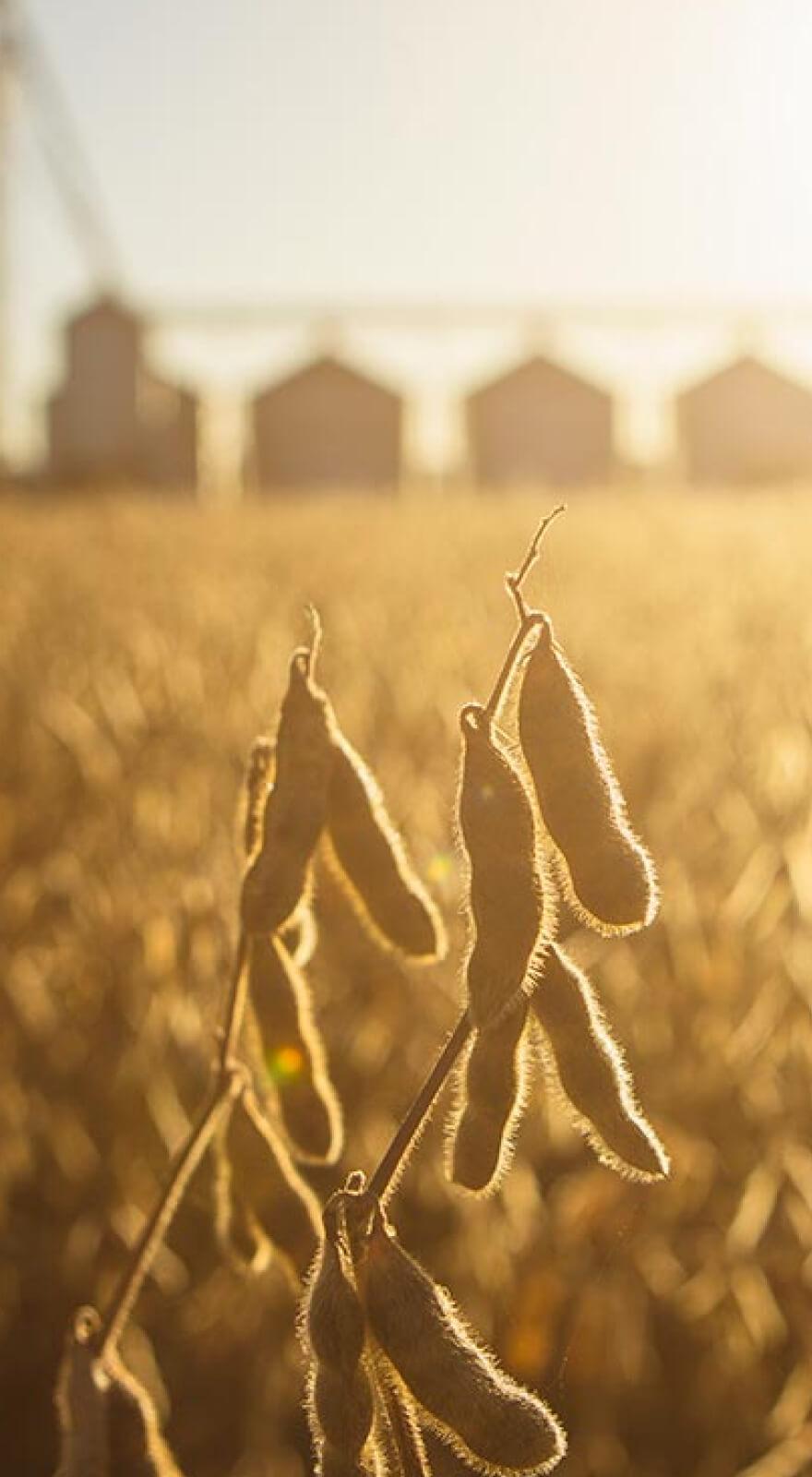Knowde Enhanced TDS
Identification & Functionality
- Chemical Family
- Agrochemical Functions
- Technologies
- Product Families
Features & Benefits
- Agrochemicals Features
- Features
Two effective modes of action: tetraconazole and thiophanate-methyl
Applications & Uses
- Markets
- Applications
- Applicable Crop
- Application Technique
- Fungicide Target Species
- Applications
ACROPOLIS rate for frogeye leaf spot in soybeans (rate per acre: 20-23 fl. oz.); Apply at early pod fill (R3 soybean growth stage); Make a second application after 15 days dependent upon the severity of disease pressure; Label allows two applications per year; Apply the higher rate and reduce interval between applications when disease pressure is severe; Apply in a minimum of 10 gallons of spray suspension per acre by ground sprayer or in a minimum of 5 gallons per acre by aircraft; Ensuring coverage in canopy penetration improves results; Do not make more than one application of this product before alternating with fungicides with a mode of action other than Group 1 and 3
- Directions for USe
It is a violation of Federal law to use this product in a manner inconsistent with its labeling. DO NOT apply this product in a way that will contact workers or other persons, either directly or through drift. Only protected 13512-20190725a Acropolis Page 3 of 10 handlers may be in the area during application. For any requirements specific to your State or Tribe, consult the agency responsible for pesticide regulation. AGRICULTURAL USE REQUIREMENTS Use this product only in accordance with its labeling and with the Worker Protection Standard, 40 CFR Part 170. This standard contains requirements for the protection of agricultural workers on farms, forests, nurseries, and greenhouses, and handlers of agricultural pesticides. It contains requirements for training, decontamination, notification, and emergency assistance. It also contains specific instructions and exceptions pertaining to the statements on this label about personal protective equipment (PPE) and restricted-entry interval (REI). The requirements in this box only apply to uses of this product that are covered by the Worker Protection Standard. DO NOT enter or allow worker entry into treated areas during the REI. The REI for each crop is listed in the directions for use associated with that crop. PPE required for early entry to treated areas that is permitted under the Worker Protection Standard and that involves contact with anything that has been treated, such as plants, soil or water is: • Coveralls • Chemical-resistant gloves made of any waterproof material • Shoes plus socks PRODUCT USE INFORMATION Apply this product in a water carrier by spraying onto crop surfaces that are intended to be protected from disease. To obtain adequate coverage of typical agricultural crops, apply 20 to 150 gallons per acre (200 to 1400 liters per hectare) for dilute sprays, a minimum of 10 gallons of water per acre for concentrate ground sprays, and a minimum of 2 gallons of water per acre by aerial application. Both ground and aircraft methods of application are allowed. Use this product as part of an integrated pest management program (IPM).
Safety & Health
- Precautions
Applicators and other handlers must wear: • Long sleeved shirt and long pants • Shoes plus socks • Chemical-resistant gloves for all mixes and loaders and for applicators using hand held equipment and chemical resistant aprons for mixers, loaders, and other handlers exposed to the concentrate. Some materials that are chemical-resistant to this product are barrier laminate, butyl rubber ≥14 mils, nitrile rubber ≥14 mils, polyvinyl chloride (PVC) ≥14 mils, and viton ≥14 mils. USER SAFETY REQUIREMENTS Follow the manufacturer's instructions for cleaning/maintaining PPE. If no such instructions for washables exist, use detergent and hot water. Keep and wash PPE separately from other laundry
Storage & Handling
- Storage and Disposal
STORAGE: Store in original container in a dry, temperature-controlled, secure place. PESTICIDE DISPOSAL: Wastes resulting from the use of this product must be disposed of on-site or at an approved waste disposal facility. CONTAINER HANDLING: Nonrefillable container. Do not reuse or refill this container. Triple rinse container promptly after emptying. Triple rinse as follows: Empty the remaining contents into application equipment or a mix tank and drain for 10 seconds after the flow begins to drip. Fill the container ¼ full with water and recap. Shake for 10 seconds. Pour rinsate into application equipment or a mix tank or store rinsate for later use or disposal. Drain for 10 seconds after the flow begins to drip. Repeat this procedure two more times. Offer for recycling, if available, or puncture and dispose of in a sanitary landfill, or by incineration. THIS CONTAINER IS NOT SAFE FOR FOOD, FEED OR DRINKING WATER.

